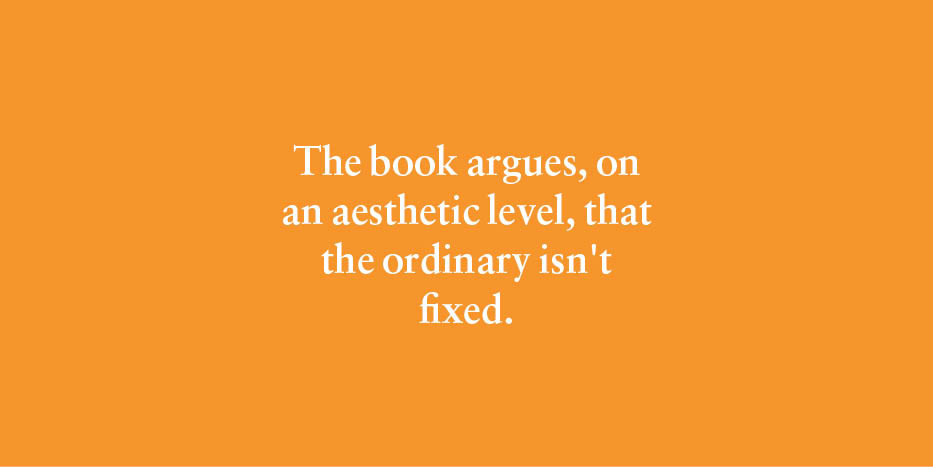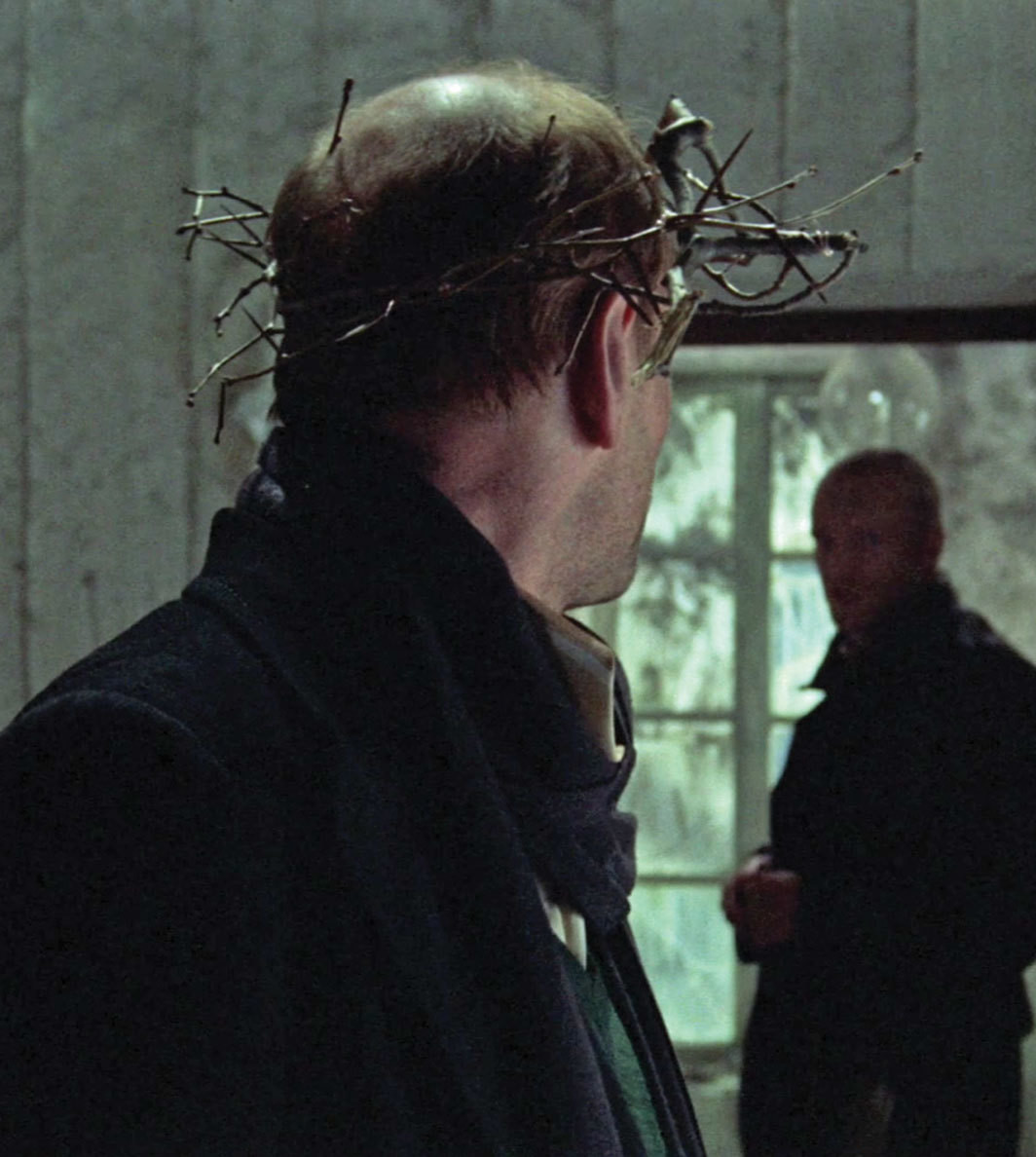Just Because You're Paranoid
“Eve Sedgwick, Once More,” a eulogy penned by theorist Lauren Berlant about their former mentor, began as follows: “Once upon a time, a very round, very red-headed woman . . . concluded a talk on the erotics of poetic form by inviting my colleagues to rethink sexuality through considering, among other things, their own anal eroticism.” Sedgwick wasn’t trying to be a shock jock. The late literary critic was the cofounder, arguably, not just of “queer theory,” but of what we now call “post-critique.” She is perhaps best known for coining the phrase “reparative reading,” a framework she came to











